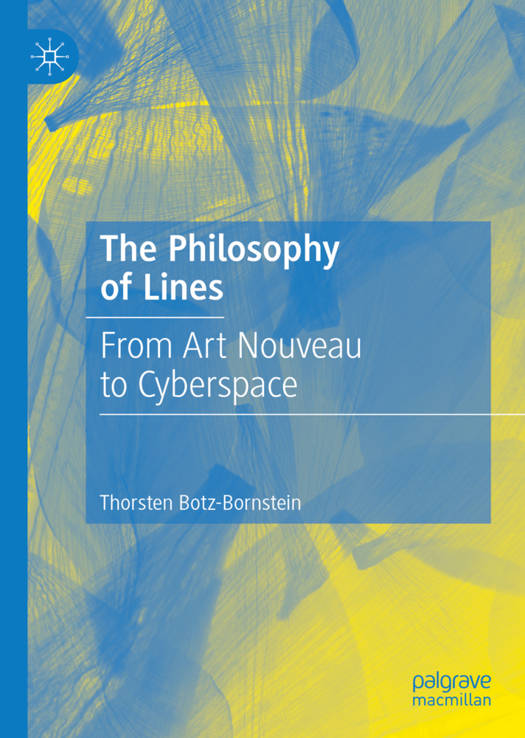
- Afhalen na 1 uur in een winkel met voorraad
- Gratis thuislevering in België vanaf € 30
- Ruim aanbod met 7 miljoen producten
- Afhalen na 1 uur in een winkel met voorraad
- Gratis thuislevering in België vanaf € 30
- Ruim aanbod met 7 miljoen producten
Omschrijving
This book offers a philosophical exploration of lines in art and culture, and traces their history from Antiquity onwards. Lines can be physical phenomena, cognitive responses to observed processes, or both at the same time. Based on this assumption, the book describes the "philosophy of lines" in art, architecture, and science. The book compares Western and Eastern traditions. It examines lines in the works of Paul Klee, Wassily Kandinsky, and Henri Michaux, as well as in Chinese and Japanese art and calligraphy. Lines are not merely a matter of aesthetics but also reflect the psychological states of entire cultures. In the nineteenth century, non-Euclidean geometry sparked the phenomenon of the "self-negating line," which influenced modern art; it also prepared the ground for virtual reality. Straight lines, distorted lines, blurred lines, hot and cold lines, dynamic lines, lines of force, virtual lines, and on and on, lines narrate the development of human civilization.
Specificaties
Betrokkenen
- Auteur(s):
- Uitgeverij:
Inhoud
- Aantal bladzijden:
- 259
- Taal:
- Engels
Eigenschappen
- Productcode (EAN):
- 9783030653422
- Verschijningsdatum:
- 1/02/2021
- Uitvoering:
- Hardcover
- Formaat:
- Genaaid
- Afmetingen:
- 148 mm x 210 mm
- Gewicht:
- 476 g

Alleen bij Standaard Boekhandel
Beoordelingen
We publiceren alleen reviews die voldoen aan de voorwaarden voor reviews. Bekijk onze voorwaarden voor reviews.











